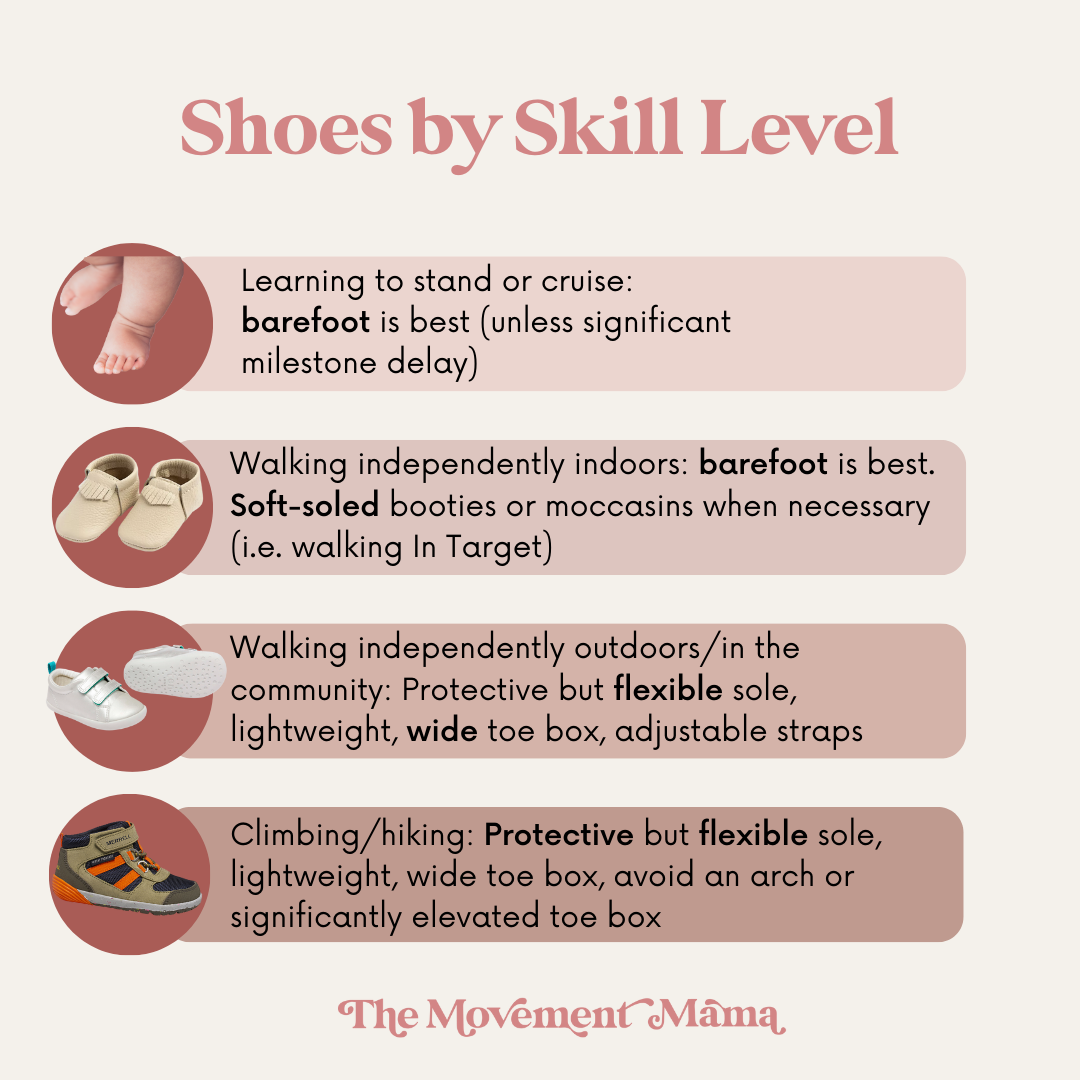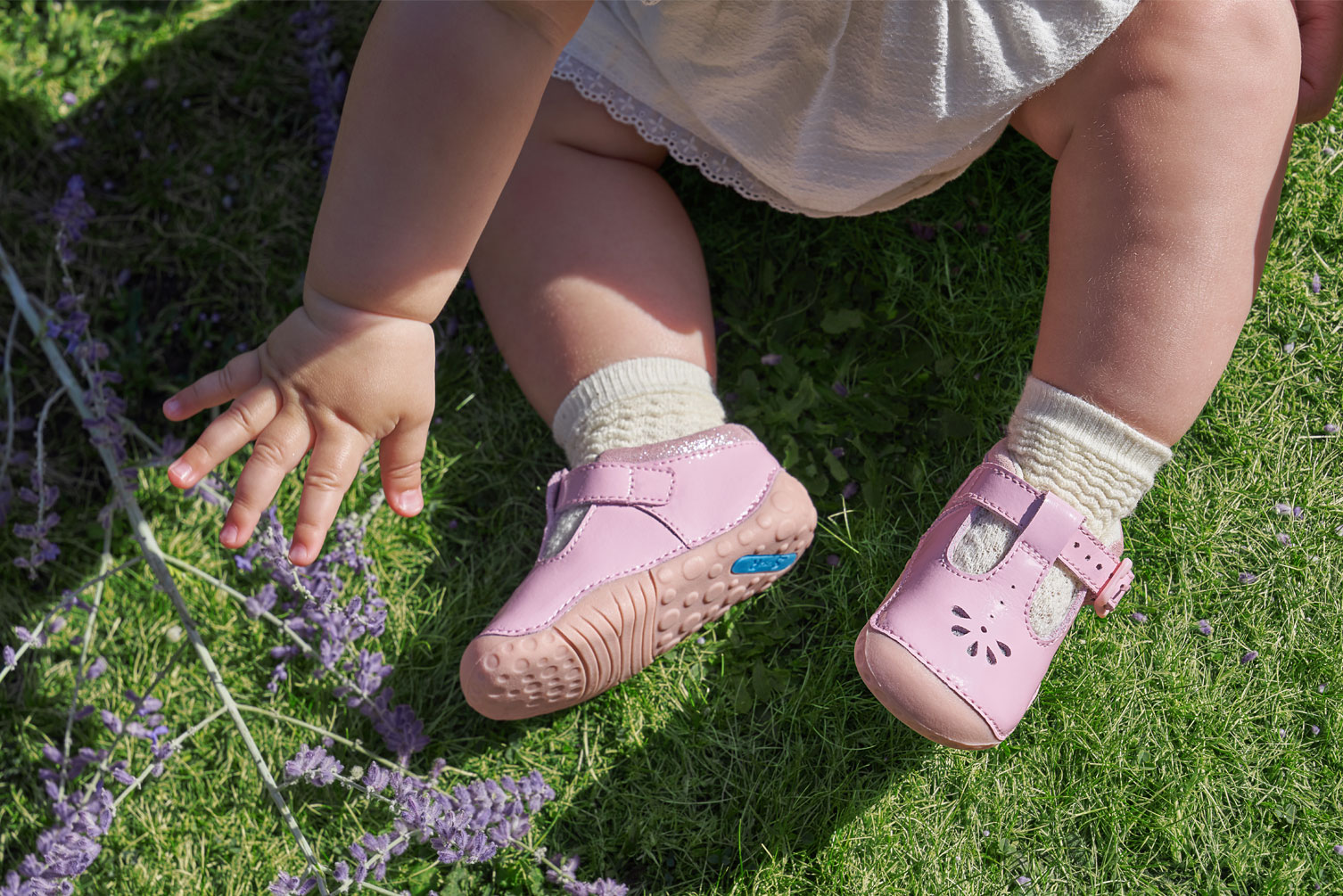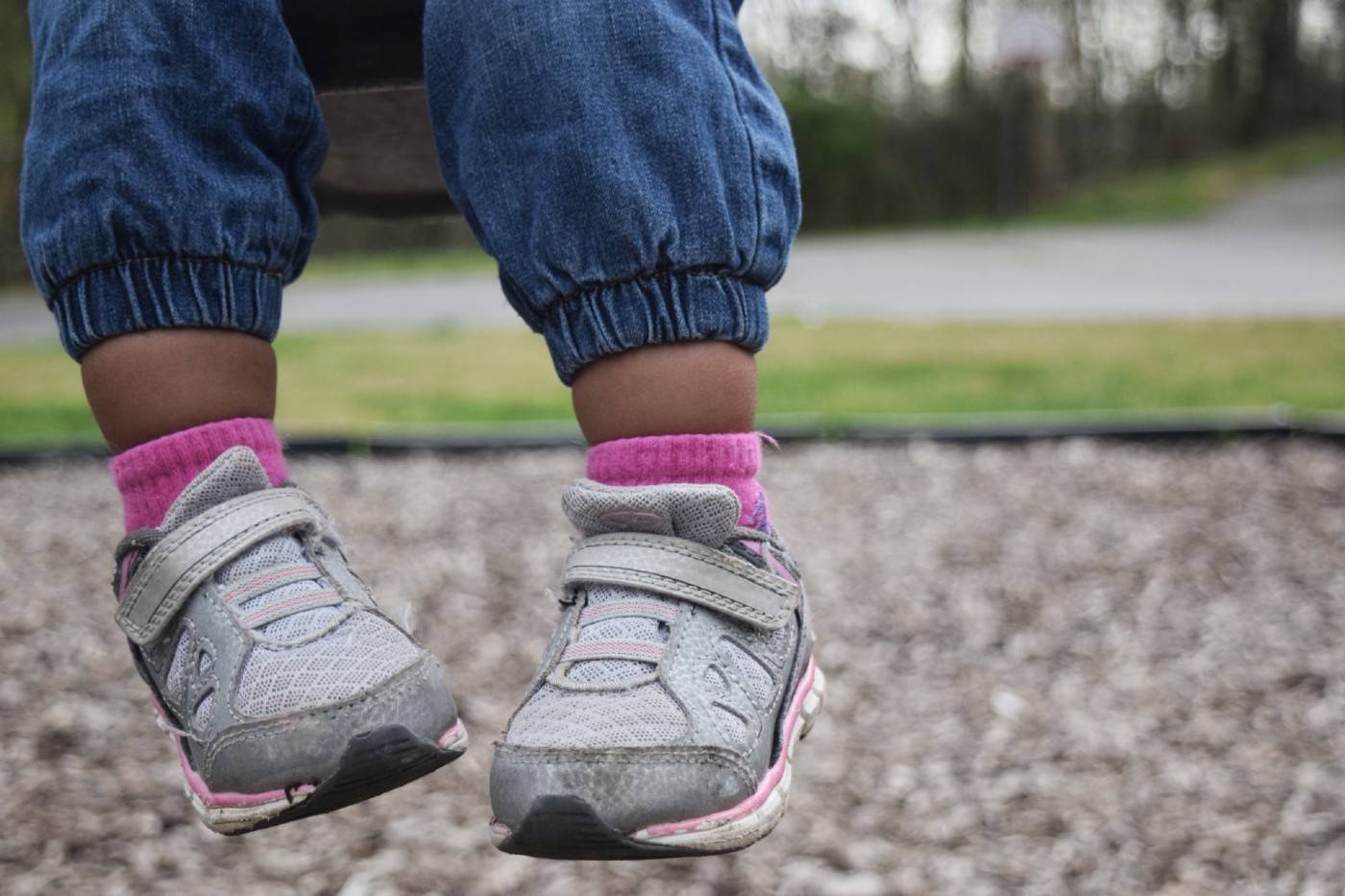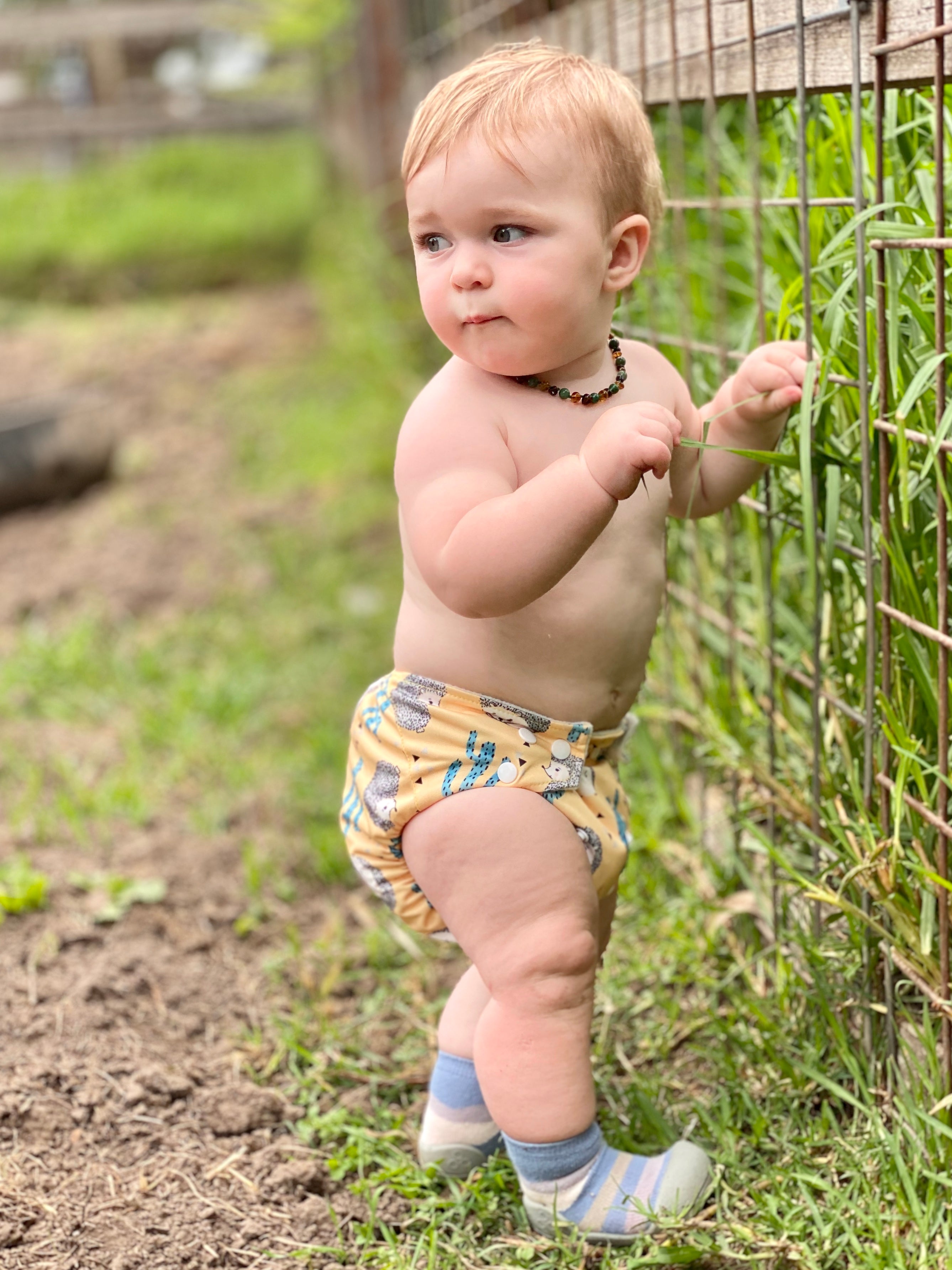As parents, we often wonder about the right time for our little ones to start wearing shoes. After all, shoes are more than just a fashion statement; they play a vital role in supporting a child’s development and safety. This guide will delve into the process of when babies should wear shoes, backed by expert opinions, real-world experiences, and helpful tips.
The Importance of Foot Development in Infants
Before racking your brain about when to put those adorable shoes on your baby, it’s crucial to understand the developmental stages of a child’s feet. Babies are born with soft, pliable feet that gradually strengthen over time. According to a study published by the American Podiatric Medical Association, the first few years of a child’s life are critical for proper foot development (source: American Podiatric Medical Association). This period is characterized by increased mobility, which in turn affects their foot structure and function.
Developmental Milestones and Footwear Needs
Babies go through various developmental milestones during their first years. Understanding these milestones can help you determine the appropriate time for your baby to start wearing shoes.

- 0-6 Months: At this stage, babies are typically not walking. Their feet are often bare to encourage natural development.
- 6-12 Months: As they begin to crawl and eventually pull themselves up, soft-soled shoes or booties can provide minimal protection.
- 12-18 Months: Once your baby starts walking confidently, it’s essential to invest in supportive footwear.
- 18 Months and Up: As toddlers become more active, shoes should focus on comfort, support, and flexibility.
What Types of Shoes Should Babies Wear?

Choosing the right type of shoe for your baby is key to ensuring proper foot development. Below, we’ll compare various types of baby footwear to help you make an informed decision.
Shoe Types Comparison Table

| Type of Shoe | Pros | Cons | Best For |
|---|---|---|---|
| Soft-Soled Shoes | Flexible, lightweight, encourages foot strength | Lacks protection on rough surfaces | New walkers, indoor use |
| Hard-Soled Shoes | Provides support and stability | Can be too rigid; may hinder development if worn too early | Older toddlers, outdoor use |
| Booties | Warm, comfortable, good for non-walking infants | Not suitable for walking | Infants, colder climates |
| Sneakers | Good arch support, versatile for various activities | Can be cumbersome if not fitted properly | Active toddlers, outdoor play |
Real-World Footwear Experiences

To further illustrate the best practices for choosing shoes for babies, let’s explore some real-world experiences gathered from parents and experts.
Case Study: Sarah and Tim’s Journey

Sarah, a first-time mom, emphasized the struggle she faced in finding the right shoe for her son, Tim. “At first, I thought I needed to buy him shoes right when he started crawling,” she explains. “But after talking with our pediatrician, I learned that he should be barefoot as much as possible until he started to walk.”
Once Tim began to walk, Sarah invested in a pair of high-quality soft-soled shoes. She noted, “They were flexible and allowed him to feel the ground, which was so important during those early days of walking.”

Tips for Choosing the Right Shoes for Your Baby
Now that you’re familiar with when babies should wear shoes and what types to consider, here are some valuable tips to ensure you select the best footwear for your little one:

1. Prioritize Fit Over Style
No matter how cute those shoes look, it’s essential to prioritize fit. A well-fitted shoe should have:
- About a thumb’s width of space in front of the longest toe
- A snug fit around the heel
- Flexible soles that allow natural foot movement
2. Check for Breathability
Opt for materials that allow for breathability, such as leather or fabric, to keep your baby’s feet dry and comfortable.
3. Regularly Assess Shoe Size
As babies grow rapidly, it’s vital to check their shoe size every few months. A shoe that fits well today may not fit tomorrow!
Pros and Cons of Early Shoe Wearing
As with any parenting decision, there are pros and cons associated with putting shoes on your baby early. Let’s break it down.
Pros
- Protection: Shoes can protect your baby’s feet from sharp objects, hot surfaces, and cold weather.
- Support: Good shoes can provide necessary support as your child begins to walk.
- Style: Let’s be honest; adorable baby shoes make for cute photos and outfits!
Cons
- Developmental Issues: Wearing shoes too early can hinder natural foot development.
- Cost: Quality baby footwear can be expensive, especially considering how quickly they grow.
- Discomfort: Shoes that are too rigid or poorly fit can cause discomfort and pain.
When to Transition to Harder Shoes
Once your baby becomes an experienced walker, typically around 12-18 months of age, you may want to transition to harder shoes. This change is crucial for providing more support and protection as they explore their environment. However, make sure to choose shoes that allow for flexibility and room for growth.
Recommended Features of Toddler Shoes
- Arch support to promote healthy foot development.
- Non-slip soles for safety, especially for active toddlers.
- Lightweight materials to keep your child comfortable.
Parenting Insights: FAQs About Baby Footwear
1. Can babies walk barefoot?
Yes! Experts recommend that babies spend as much time as possible barefoot during their early walking stages to strengthen their feet and improve balance.
2. Should babies wear shoes indoors?
It’s often better for babies to be barefoot indoors, as this allows them to explore their environment freely and develop their foot muscles.
3. How do I measure my baby’s shoe size at home?
To measure your baby’s foot, place it on a piece of paper and trace around it. Measure the length and use a shoe size chart to find the appropriate size.
4. What if my baby has wide feet?
Some brands offer wide-fit options. Always opt for shoes that provide enough room in the toe box to prevent any discomfort.
5. Are there any specific brands recommended for babies?
Brands like Robeez, Stride Rite, and See Kai Run are known for their quality baby shoes that provide comfort and support.
6. When should I stop buying baby shoes?
As your child grows and becomes more independent, they will outgrow shoes quickly. Regularly assess their shoe size and invest in quality footwear when needed.
7. What are the best materials for baby shoes?
Soft leather, canvas, and breathable fabrics are recommended materials for baby shoes, as they provide comfort and flexibility.
8. How can I tell if a shoe is too tight on my baby?
If your baby shows signs of discomfort, such as fussiness or refusing to walk, it could indicate that the shoes are too tight. Check for red marks on their skin as well.
9. Can shoes affect my baby’s walking development?
Yes, shoes that are too rigid or poorly fit can hinder a baby’s natural walking development. It’s vital to provide them with the right footwear at the right time.
10. How often should I replace my baby’s shoes?
Generally, baby shoes should be replaced every 3 to 4 months, depending on your child’s growth rate and activity level.
Conclusion
Understanding when babies should wear shoes is a crucial aspect of parenting. By prioritizing your child’s comfort and foot health, you can ensure that your little one develops strong, healthy feet. Remember, every child is unique, so observe their development and make footwear decisions accordingly. Shoes should enhance their mobility, not hinder it—finding the right balance is key!
For more detailed information, explore resources from trusted institutions such as the American Podiatric Medical Association.